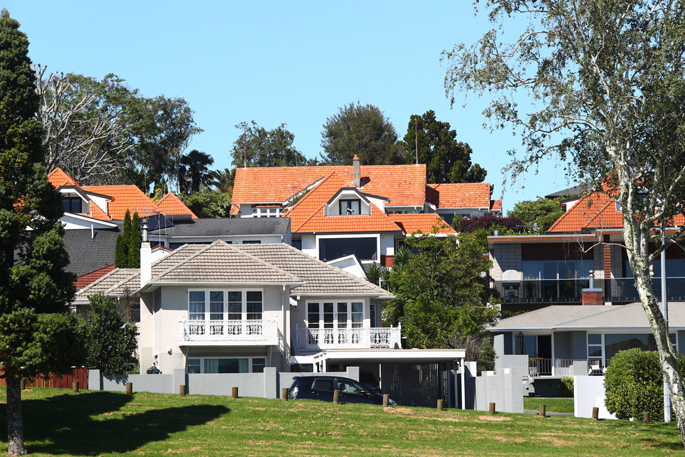Fixed home loan rates could peak at more than 7% this year before starting to fall again, ASB senior economist Chris Tennent-Brown says.
He said how much further interest rates had to increase would depend on a range of things, including the official cash rate, bank funding costs and inflation.
'Based on the ASB Economics team's expectation that the official cash rate (OCR) will peak above five per cent, and our assumptions about bank funding costs and inflation forecasts, we expect most fixed-term mortgage interest rates will peak around 7% or slightly higher over the year ahead. Floating rates could peak around nine per cent. However, as is often the case, the outlook is far from certain.”
While that would be a shock to people who might have fixed at two per cent or three per cent in recent years, he says rates are still likely to settle around or below the long-run average of the past 20 years, rather than hitting the levels seen before the global financial crisis (GFC).
A $500,000 loan at seven per cent is $1630 a fortnight over 25 years, compared to $1035 at 2.5 per cent.
At present, most longer-term rate fixes are cheaper than shorter terms, indicating expectations that the economy will slow and inflation will come under control.
Tennent-Brown said that changed the picture for people who were using a strategy of rolling one or two-year fixes. In the past, that had proven to be a cheaper option overall than fixing for longer terms. But at the moment pursuing that strategy means foregoing some cheaper longer fixes.
'Accordingly, longer-term fixed rates currently provide more interest rate certainty, at a slightly lower cost, than the lower short-term rates.
'For those who want this longer-term interest rate certainty now, the cost of fixing for four or five years is not only the cheapest of the current rates, but also a touch below the 20-year average. Longer term fixed rates can also provide some protection against even higher rates – which could be useful if rates lift more, or stay higher for longer, than we currently expect.”
But fixing for three years or longer was potentially more expensive if rates came down more quickly than expected. Over five years, fixing for shorter terms was still likely to be cheaper overall, he said.
'Ultimately, it is a trade-off between the cost of the mortgage rate, interest rate certainty for a longer period versus the flexibility of the shorter terms. It is always the case that mortgage rates could dip lower, due to anything from Reserve Bank actions through to renewed threats to the economic outlook.
'However, we think the risks remain skewed to higher mortgage rates over the year ahead. Indeed, entrenched high inflation could see the OCR staying higher for longer than expected. We suggest all borrowers pick a strategy that suits personal budgets (including a tolerance for changing interest rates) and need for flexibility, as well as the goal of minimising interest rate costs.”



0 comments
Leave a Comment
You must be logged in to make a comment.